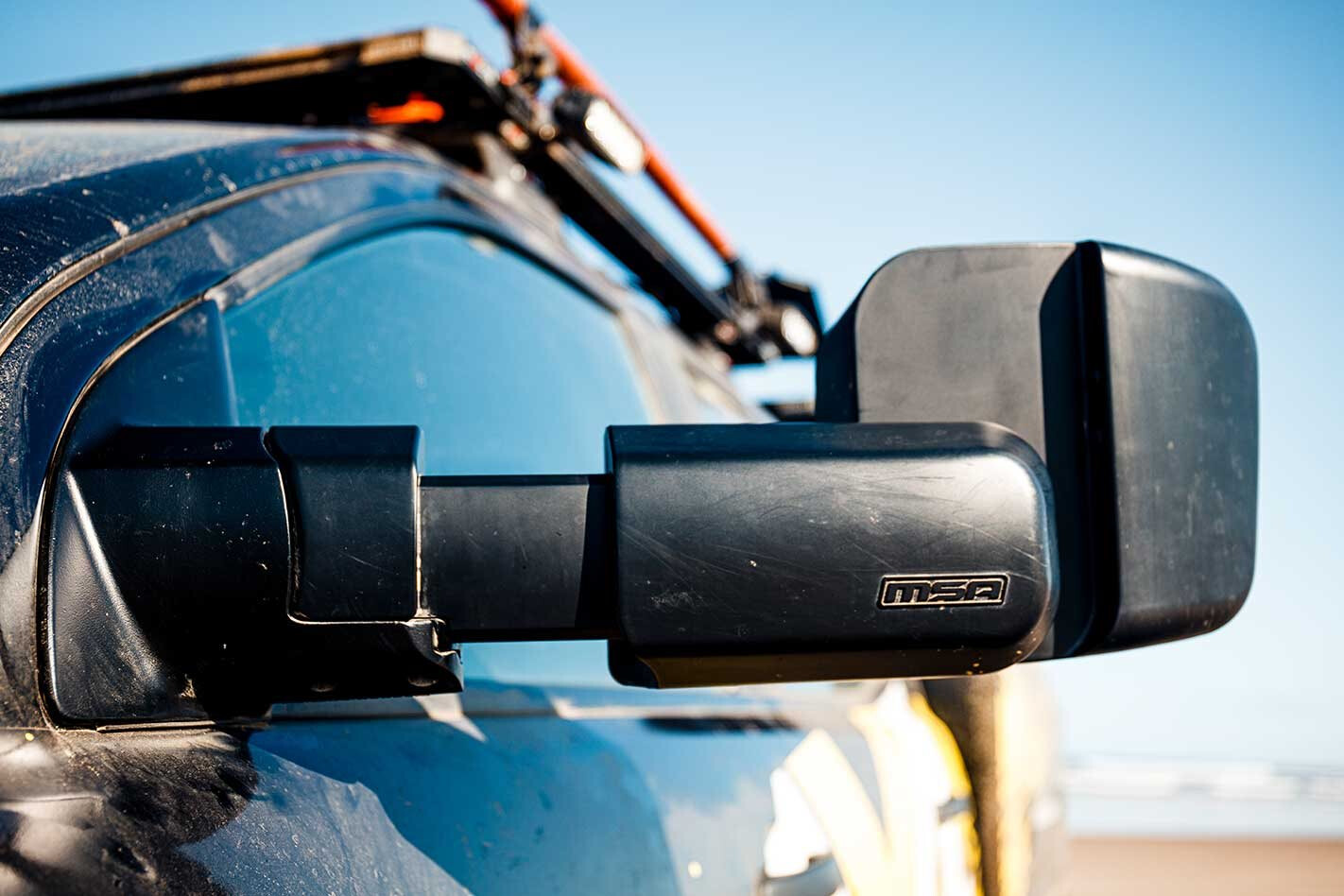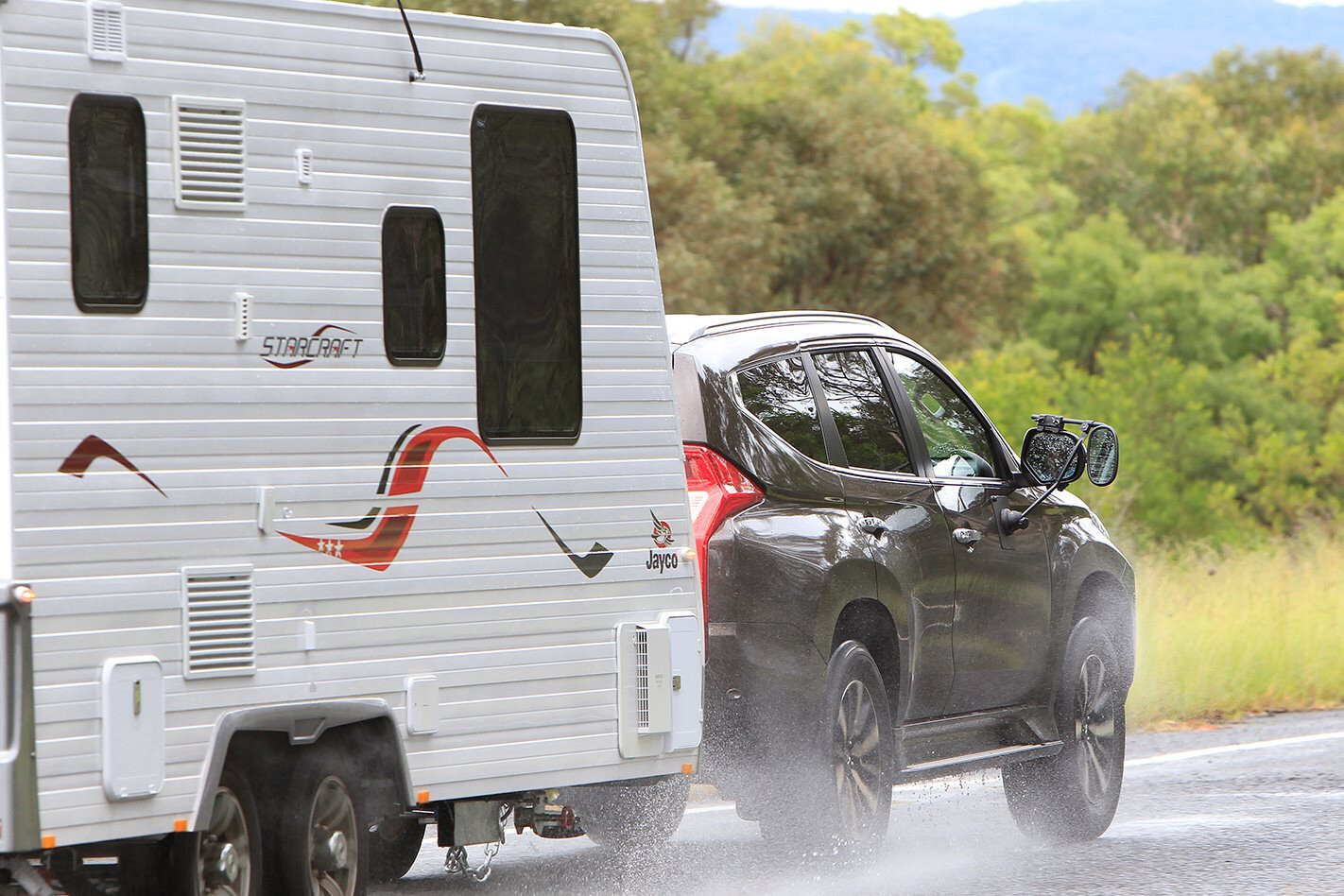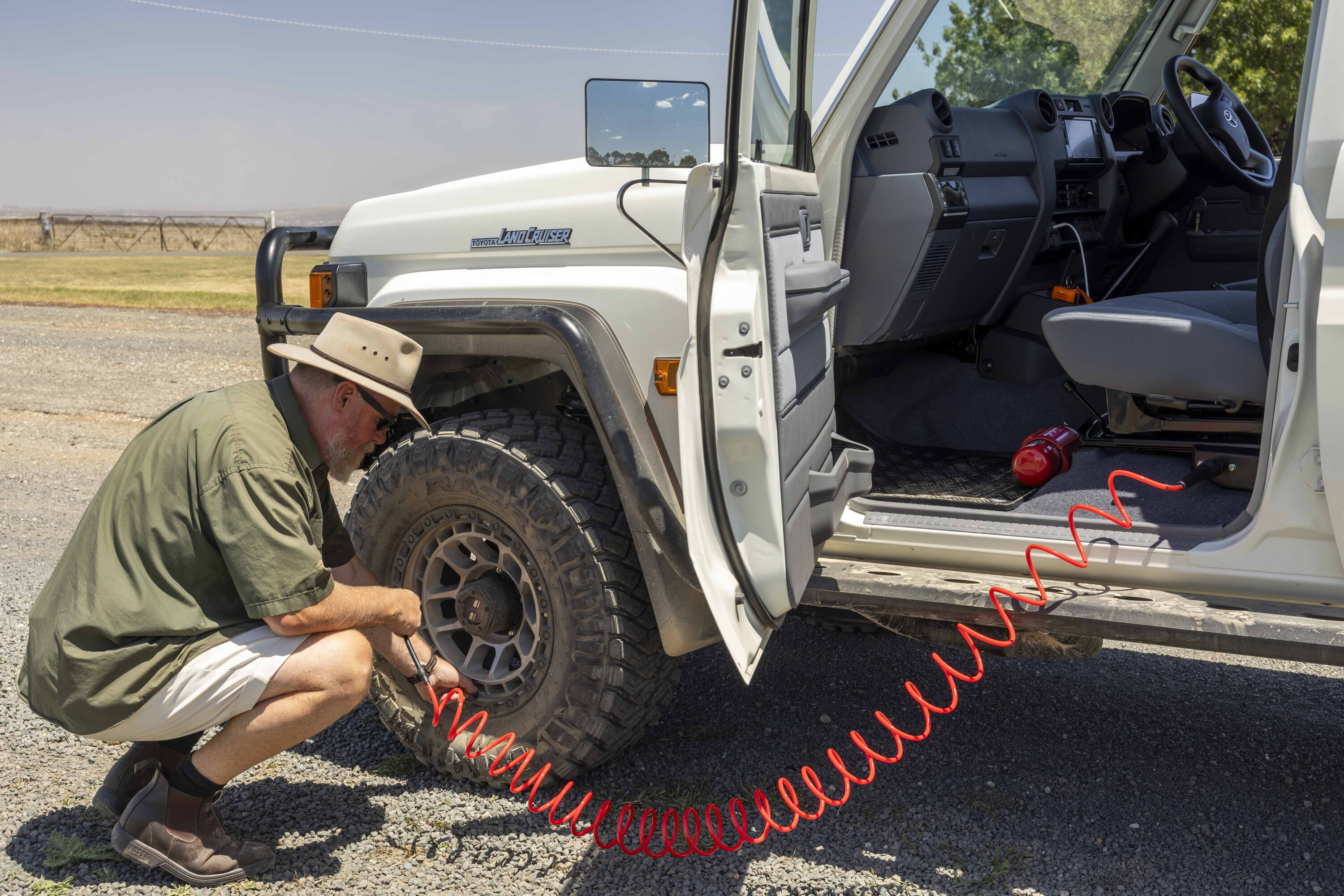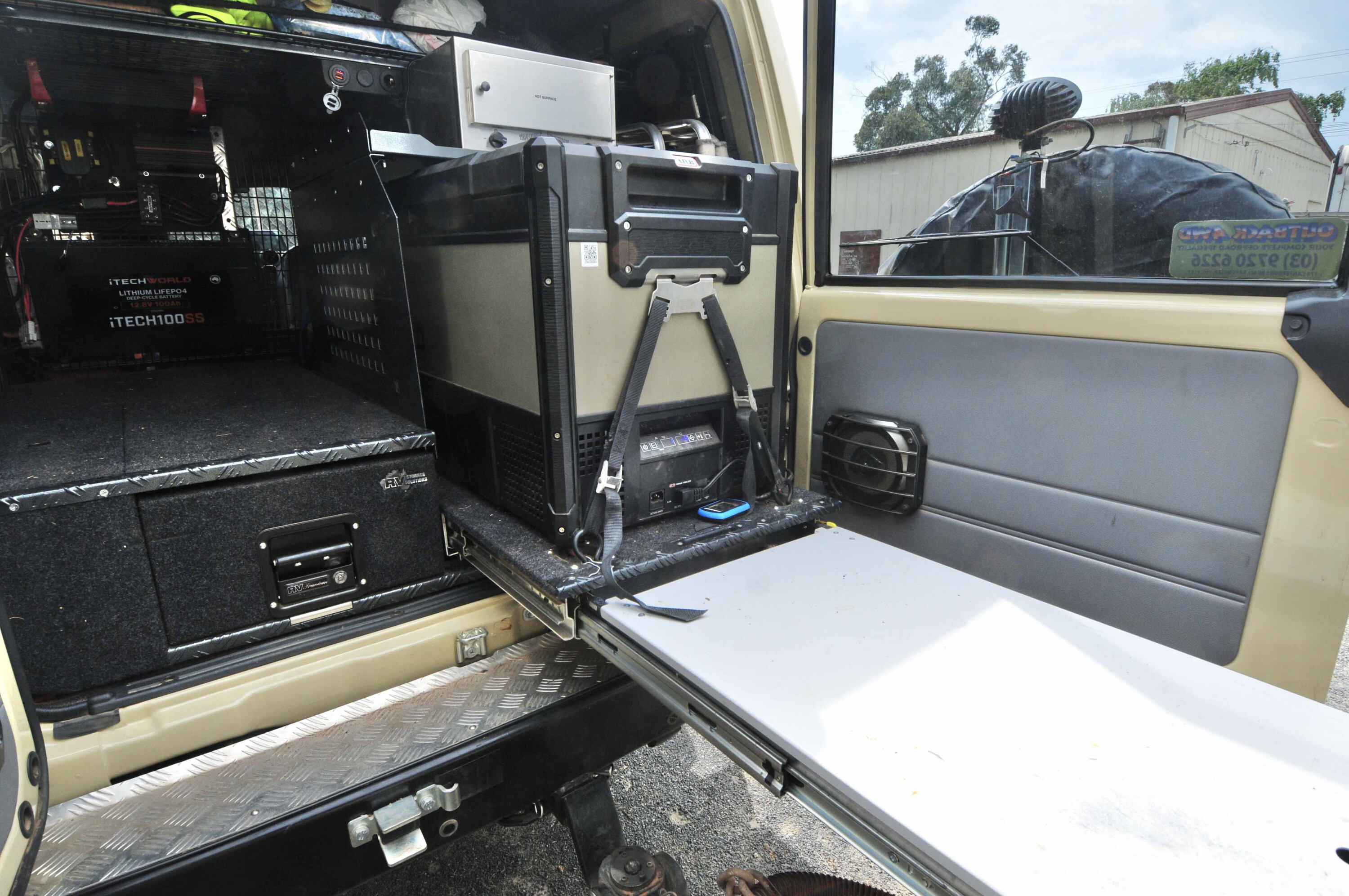When it comes to carrying and towing, there are a few things you need to know in order to be both legal and safe.
Gross Vehicle Mass, or GVM, is how much the vehicle can weigh when fully loaded. That includes the weight of the vehicle itself, known as ‘kerb weight’.
The difference between the GVM and the kerb weight is the payload.
Before you put anything into the tub, however, you must understand that your payload includes you and all passengers plus any accessories fitted to the vehicle – even the towbar.
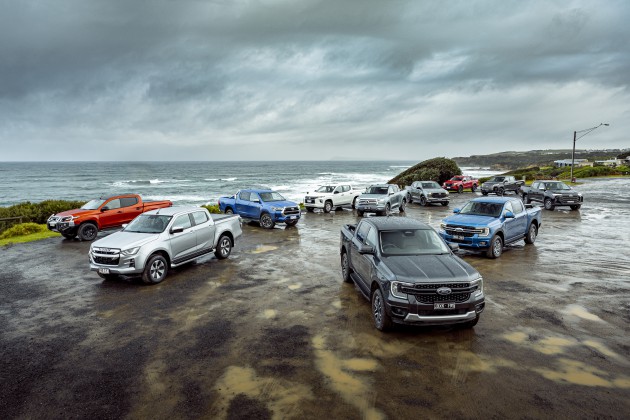
Dual-cab ute comparison 2022: The daily living test
Dual-cab utes have charged in as a firm favourite for family hauling and daily duties, well beyond the old mould of tradie tasks and off-road adventures. It’s time to see which are best suited to the role.
Some manufacturers don’t quote a kerb weight, which includes a full tank of fuel; instead they use tare weight, which includes only 10 litres of fuel. In this case, any fuel over 10 litres also eats into the payload.
Payload figures for cab-chassis models don’t even include the tray weight. When towing, the weight on the towball also becomes part of the payload and not necessarily at a one-to-one ratio, so you need to check the manufacturer’s towing information.
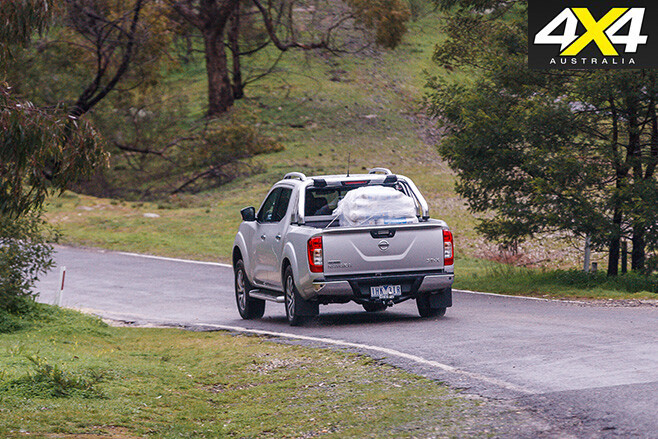
Gross Combination Mass, or GCM, is the towed weight added to the weight of the vehicle, plus any payload.
None of these utes can be loaded to their GVM and tow their rated maximum at the same time; in each case, although in varying degrees, this exceeds the GCM.
When you are towing at or near the maximum tow rating, the GCM is the critical factor in determining how much you can carry at the same time – generally not much once you have a driver and a few passengers on board.



